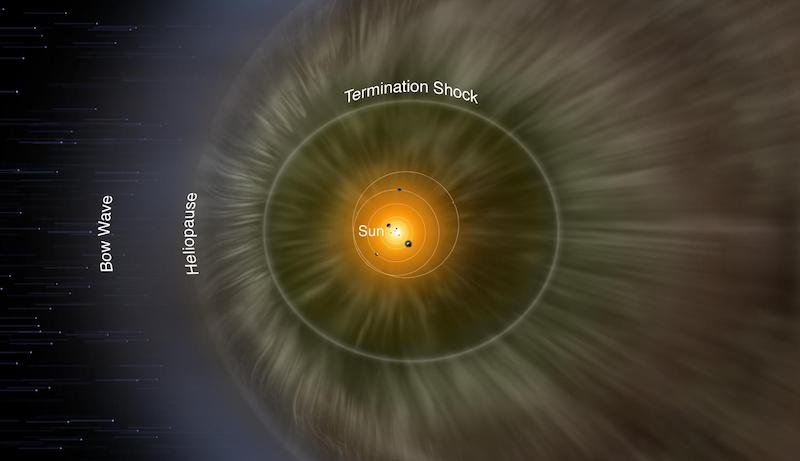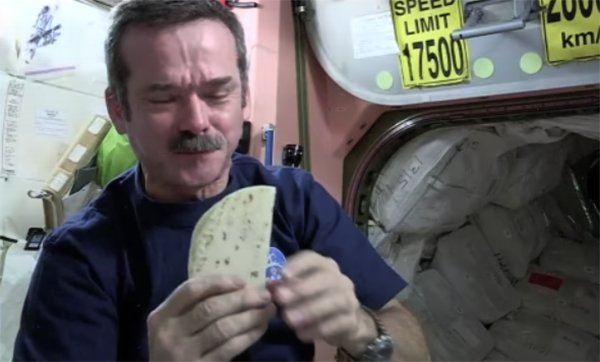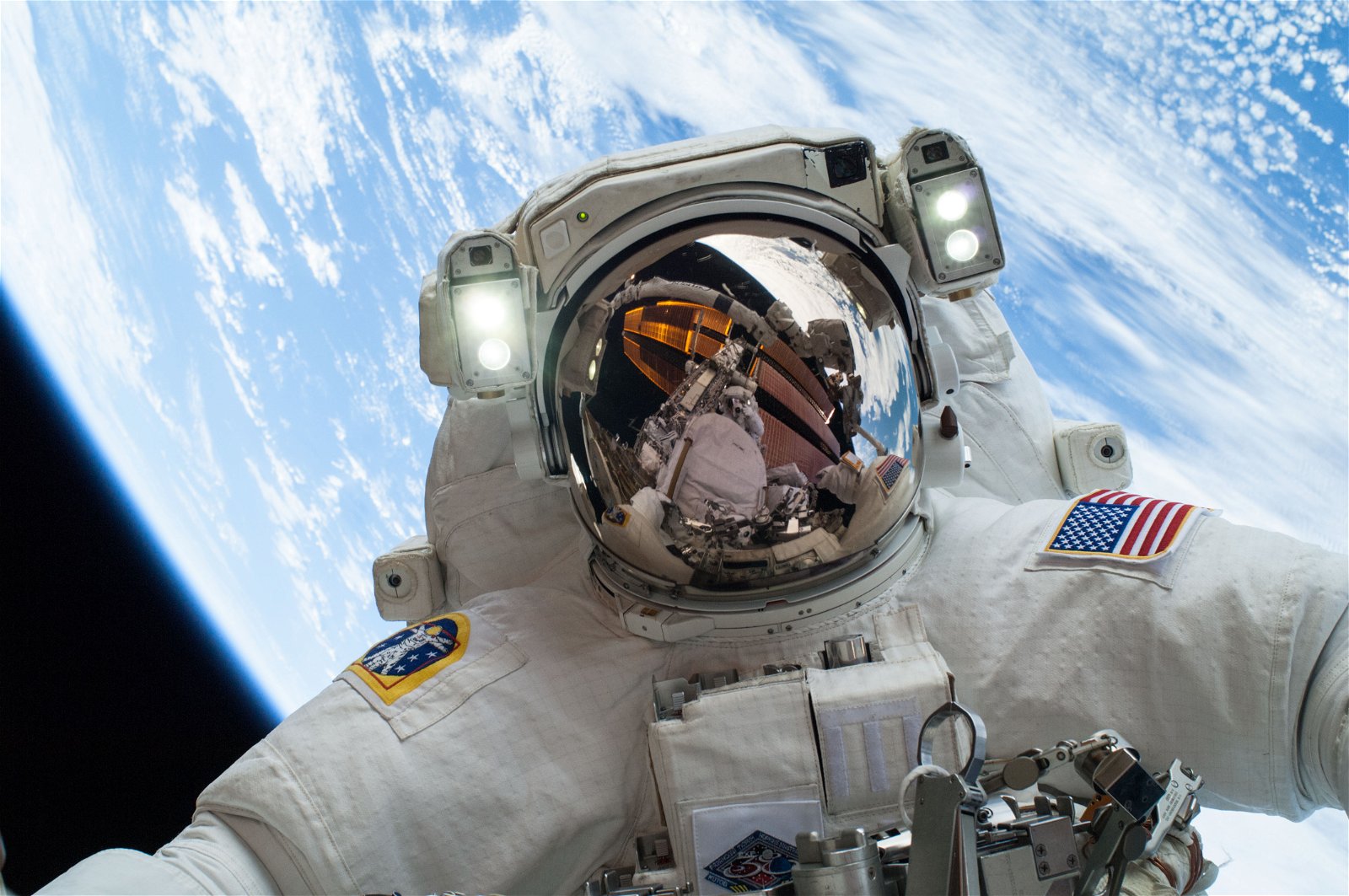How Far Can Astronauts Go in Space?
Ask a Rocket Scientist
by Rob Webb on February 9, 2023Name: Leah
Grade: 5
What is your favorite planet or star? Earth
Question: 1. How far can astronauts go in space? 2. What kinds of food can't astronauts eat in space? 3. Do you have to be a certain age to be an astronaut? 4. Have kids ever been in space?
Thanks for all your great questions, Leah! I also really love our planet, earth, since it is our home! God created it as a very special place that’s just right for us and is the only habitable planet (that we know of) with plenty of breathable air, water, plants, trees, and so on. God knew we needed all those things to live! But those things don’t exist in space nor on any other known planet, which really makes the earth one-of-a-kind! (Isaiah 45:18).
To your first question: How far can astronauts go in space? Right now, scientists are actually working on figuring out how to safely send astronauts to the Red Planet, Mars (one of our closest planetary neighbors), possibly by the end of this decade!1 But there are still quite a few hard problems that need to be solved first in order to keep the astronauts safe during the long journey. Because all human life is made in the image of God (Genesis 1:27), it’s important we do everything we can to protect life!

Artistic image of astronauts on Mars. Photo Credit: NASA
But, to date, the farthest distance any astronaut has ever traveled is to the moon, during NASA’s Apollo program back in the 1960s/1970s.2 Here’s a cool photo from Apollo 11, the first successful mission to land astronauts (Neil Armstrong and Buzz Aldrin) on the moon’s surface:

Image from the Apollo 11 spacecraft, showing the earth rising above the moon’s horizon. Photo Credit: NASA
Traveling to the moon means going an average distance of around 240,000 miles into space.3 Now, that may sound like a really big distance, but it’s actually pretty small when compared to the huge size of our solar system. To give you an idea of just how big our solar system is, the farthest edge of the heliosphere,4 called the “heliopause,” has been estimated to be (at least) 11,000,000,000 miles from the sun. So that means we’ve only physically explored about 0.002% of our solar system!

Illustration showing the layers of the heliosphere. Photo Credit: NASA
And on top of that, the known universe is estimated to be (at least) 93 billion lightyears across, which translates to over 500,000,000,000,000,000,000,000 miles. Now that’s A LOT of zeros . . . and clearly a number that none of us can even wrap our mind around . . . so we’ve just barely scratched the surface of actually exploring the universe!
But more importantly, when we think about the gigantic size of the universe, it should really remind us of the power of our almighty God. The Bible says God spoke it all into existence and upholds all of it by the mighty word of his power (Genesis 1; Hebrews 1:3). What an awesome Creator that we serve!
Now to your second question: What kinds of food can’t astronauts eat in space? Due to the microgravity (near zero gravity) environment in space, there are some major limits on their menu options. And one of the main items that’s off limits is bread (including things like crackers, cookies, and chips). That’s because any floating crumbs can cause all sorts of problems for the astronauts and possibly damage the onboard equipment. So instead, astronauts will normally eat tortillas with their meals. Like burritos!

Photo of Astronaut Chris Hadfield making a “space burrito”. Photo Credit: NASA
Actually, astronauts on the International Space Station (ISS) get to eat a lot of different kinds of food. In fact, I used to work on a pretty cool NASA program that launched out-of-this-world turkey dinners (as Thanksgiving meals) that included mashed potatoes, yams, and even ice cream! You can read more about one of these missions by clicking on this article!

Expedition 53 crew’s Thanksgiving table on the ISS. Photo Credit: NASA
Finally, to your last questions: Do you have to be a certain age to be an astronaut, and have kids ever been in space? Technically, according to NASA, there are no age restrictions to be an astronaut. But in the past, NASA astronauts have ranged between the ages of 26–46, with the average age being 34.

“Selfie” picture of NASA astronaut at the ISS. Photo Credit: NASA
So, if you want to be an astronaut when you grow up, then you still need to wait a bit longer until you can really apply. But of course, that doesn’t mean you can’t start learning and preparing yourself now! NASA requires getting a degree in a science, technology, engineering, or mathematics (STEM) field before applying to be an astronaut. That means it’s a good idea to continue learning as much as you can now about science—studying God’s amazing creation all around us!
In the end, whatever you decide to do when you grow up, make sure you do it all to the glory of God! (1 Corinthians 10:31).
Ask Your Question
Ask a parent to help you submit your space-related question to Rob Webb today! Don't forget to check back next week to see if your question was chosen!
Footnotes
- For example, SpaceX (an aerospace company) is leading the way on colonizing Mars in the near future! With a parent’s help, you can learn more about this mission here: https://www.spacex.com/human-spaceflight/mars.
- And in hopes of reigniting (pun intended) NASA’s previous success of these moon missions, their upcoming Artemis missions will soon be sending astronauts to the moon again, starting with their next mission (Artemis 2) which is scheduled for launch no earlier than May 2024.
- More specifically, because the moon’s orbit is not a perfect circle, the moon can actually be anywhere between 225,623 miles (at its closest distance) to 252,088 miles (at its farthest distance) away from us.
- This is the sun’s magnetic “bubble” surrounding the solar system that is filled with solar wind (flow of charged particles from the sun). At the edge of this bubble is the point where the sun’s influence and its solar wind is basically stopped.
- © 2024 Answers in Genesis
- Privacy Policy
- Contact
- About
